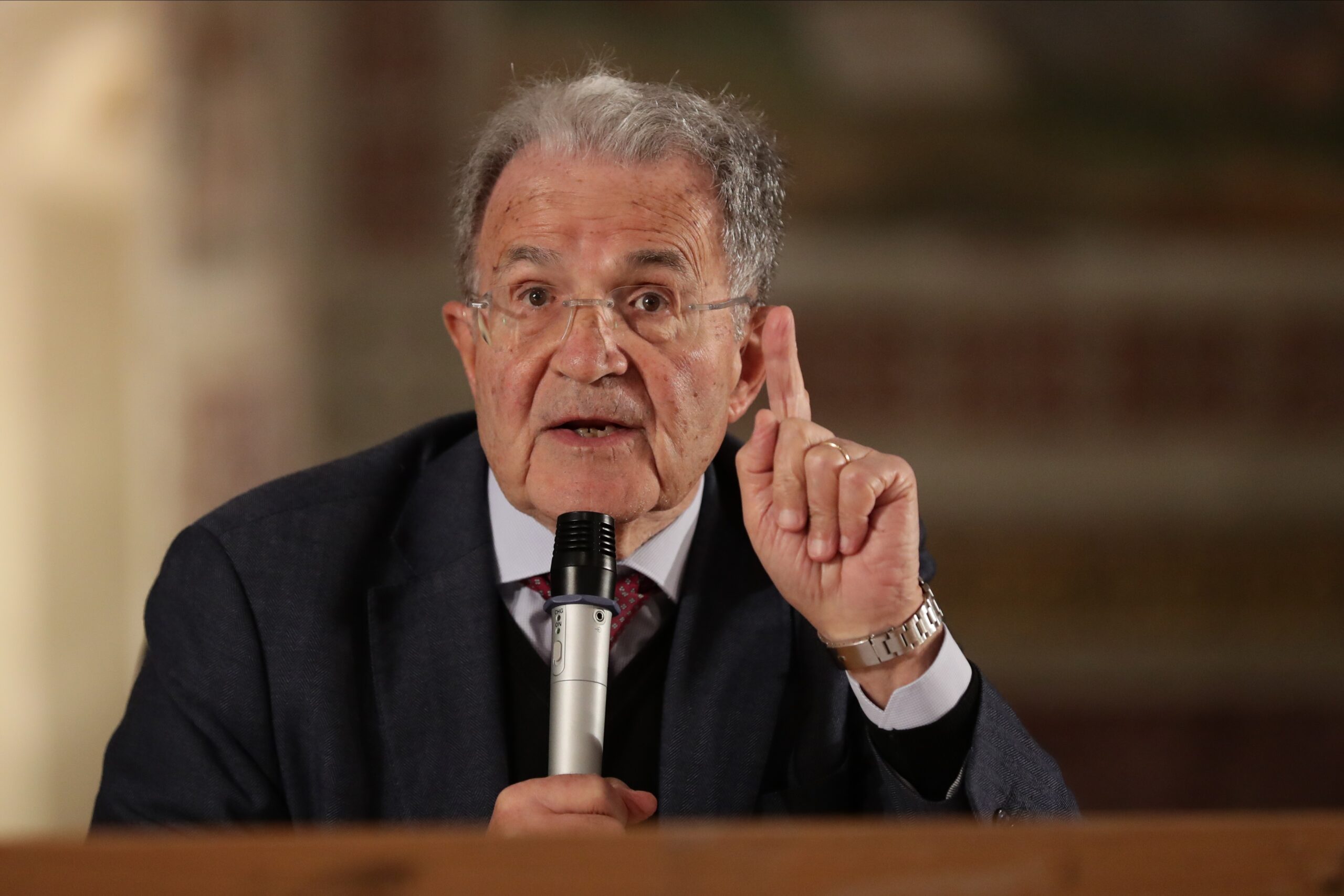I’ll tell you when the center-left wanted a stronger prime minister than the center-right style premiership

In 1997 the centre-left proposed a prime minister with much broader powers than those proposed today by the centre-right. Guiglia's notebook
Fortunately, when major reform is discussed, and in Italy it has been discussed for 40 years in total (the first session of the first commission on the topic, with the liberal Aldo Bozzi as president, dates back to 30 November 1983), next to the sea of words stand mountains of documents. And the documents demonstrate how surreal the ongoing political controversy is over the constitutional proposal concerning the (future) Prime Minister.
THE CENTRE-LEFT PROPOSAL, IN 1997
In 1997, when Romano Prodi was in Palazzo Chigi, the centre-left in the famous and smoky Bicameral-D'Alema proposed and supported in vain, as an alternative to the semi-presidentialism then approved by that commission, a prime minister with much more solid and broader powers than those now proposed by the centre-right. Not elected by the people, as the government text establishes today, but on the other hand with the prerogative, "after consulting the Council of Ministers and under its exclusive responsibility", to request the dissolution of the legislature, "which in this case must be decreed by the President of the Republic” (article 3 of the text presented by Senator Cesare Salvi, PDS, rapporteur for the form of government). Palazzo Chigi would even have had the key to starting the early dissolution: sorry if it is little, given the powerful power that the Constitution attributes to the Quirinale.
It is not enough. That prime minister “appoints and dismisses ministers by decree” (article 2). Another important power taken away from the head of state.
And then already in the electoral card the parties had to indicate the name of the aspiring head of the executive: "The candidacy for the office of Prime Minister takes place through liaison with the candidates for the election of the Chamber of Deputies, according to the procedures established by the electoral law, which also ensures the publication of the candidate Prime Minister on the ballot paper" (article 1). At Colle, a purely notarial task remained on the topic: "The President of the Republic, upon the proclamation of the results for the election of the Chamber of Deputies, appoints Prime Minister the candidate for that office to whom the majority of the elected deputies is connected" (also article 1).
Therefore, although the direct election of the prime minister was not contemplated, the head of state was required to nominate whoever won the elections. The same principle that the government now pursues, but in reverse: it is the Prime Minister elected by the people who drags the majority in Parliament (centre-right text), rather than the elected majority which drags the Prime Minister (text which was from the centre-left ). With the desirable aim of reaching an agreement in Parliament on the rules for all Italians, there is already a clear precedent that the centre-left would struggle to contest: it's all their stuff.
STABILITY AND THANKS
Moreover, in a world turned upside down, the search for stability in Italy is a new, precious value to be contrasted with the practice of reversals, the demeaning transformationism of those who betray the voters, their own conscience and the good name of the Republic.
But even here, against the change of shirt during the match in progress, the concepts found in the nicknamed Amato draft (December 2003) are exemplary. The centre-left drafted it to dialogue with the centre-right majority (era of the Berlusconi government). It contained a brief but explicit reference to the same objective as the text of the Meloni government.
Here is the warning: "It is right that so-called reversals are not legitimized."
Furthermore, the role of the "initial majority", i.e. the one that emerged from the polls, was valorised. To the point that it could replace, in a "self-sufficient manner even if integrated or possibly reduced", its own head of the executive, if he lost confidence. Thus the otherwise automatic early vote would have been avoided, but not by resorting to reversals (read the "Principles and proposals for the reform of the Constitution regarding the form of Government, Senate of the Republic, democratic guarantees. Coordination of the secretaries of the centre-left parties ”, 10 December 2003). Finally, this Amato draft also provided for the power to appoint and dismiss ministers for the head of the executive, unlike the softer Meloni proposal.
The left was much stronger yesterday regarding the "strong" Prime Minister than the right is today.
(Published in Il Messaggero)
www.federicoguiglia.com
This is a machine translation from Italian language of a post published on Start Magazine at the URL https://www.startmag.it/mondo/premierato-centrosinistra-centrodestra/ on Sat, 25 Nov 2023 06:17:04 +0000.
